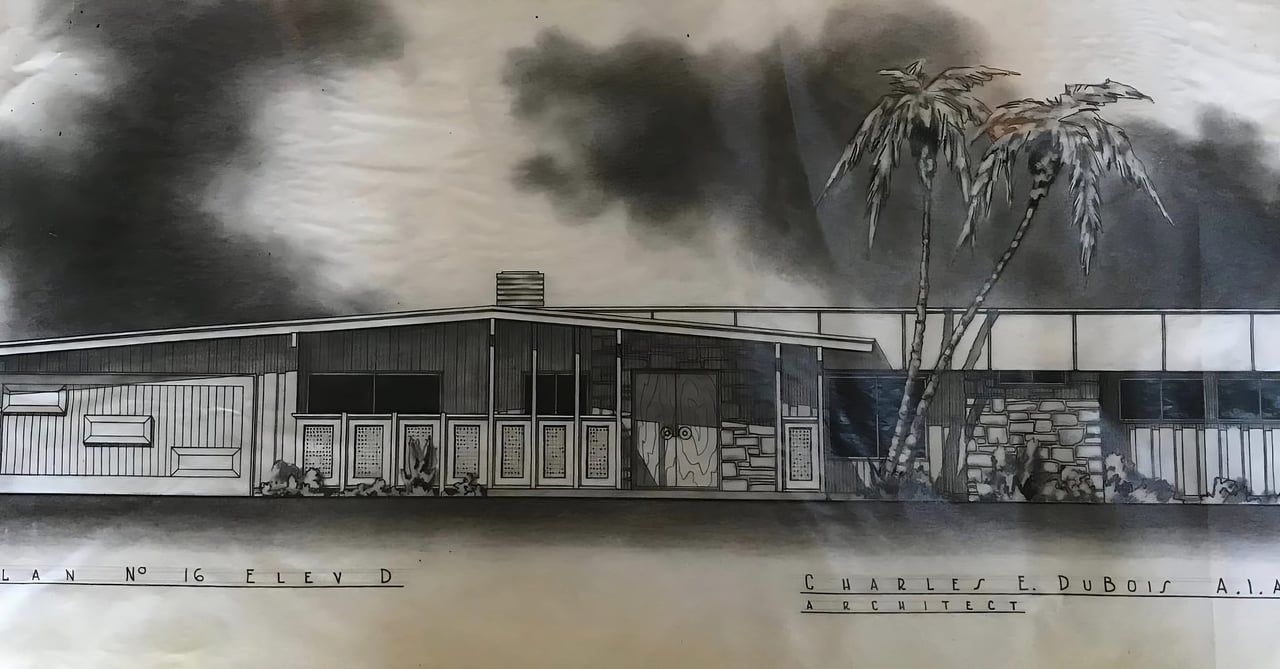
Masters of Modernism: Charles Du Bois
architects of los angeles Staff March 16, 2025

architects of los angeles Staff March 16, 2025
In the heart of the 20th century, architect Charles E. Du Bois sculpted a niche within Southern California's architectural landscape that deeply resonated with the era's captivation of both the exotic and the modern. His distinctive work, prominently displayed across the sunlit terrains of Palm Springs and coastal Los Angeles, emerges as a beacon of innovation. It adeptly marries mid-century modernist principles with the enchanting allure of Polynesian and Japanese aesthetics, bringing this unique amalgamation to life within the desert modernist movement—a realm where Du Bois's legacy is unmistakably profound.

Du Bois was nothing short of a visionary, fully embracing the desert's essence and using its dramatic landscapes as a muse to inspire a design aesthetic now celebrated as Desert Modernism. This architectural style of the post-war period, distinguished by its block walls, clerestory windows, and elongated, low rooflines, was richly infused with Polynesian and Japanese influences. The A-frame design, drawing inspiration from the traditional thatched roof huts of Japan and Polynesia, echoed the "tiki" aesthetic reintroduced to American society by soldiers returning from the South Pacific. Du Bois's pioneering integration of these styles, along with his strategic use of natural stone, set his work apart from other modernist designers, marking it as a unique blend of earthen and organic shapes with the definitive lines of mid-century style. Du Bois was an architect whose creations were expressly designed for living, breathing spaces.

Although Palm Springs may be the hallmark of Du Bois's architectural legacy, his designs literally shaped a rapidly growing mid-century LA, especially within the Woodland Hills area and the neighborhood of Woodland West. Here, Du Bois crafted the emblematic showpieces we know today, reflecting his masterful integration of contemporary ranch-style houses within “designed-for-living” mid-century subdivisions. Developed in collaboration with the Peerless Building Co. and completed in 1964, Woodland West exemplified Du Bois's preference for horizontal, expansive structures set on broad lots that seamlessly embrace the suburban landscape.
Du Bois's use of Palos Verdes stone stands out as a hallmark feature, adding a layer of natural elegance and texture to his homes. This material not only elevates the aesthetic appeal of the residences but also harmonizes with the immediate environment, showcasing Du Bois's adeptness in merging natural materials with modern design elements. Such incorporation is a testament to his dedication to crafting spaces that are both aesthetically beautiful and deeply integrated with their natural surroundings.
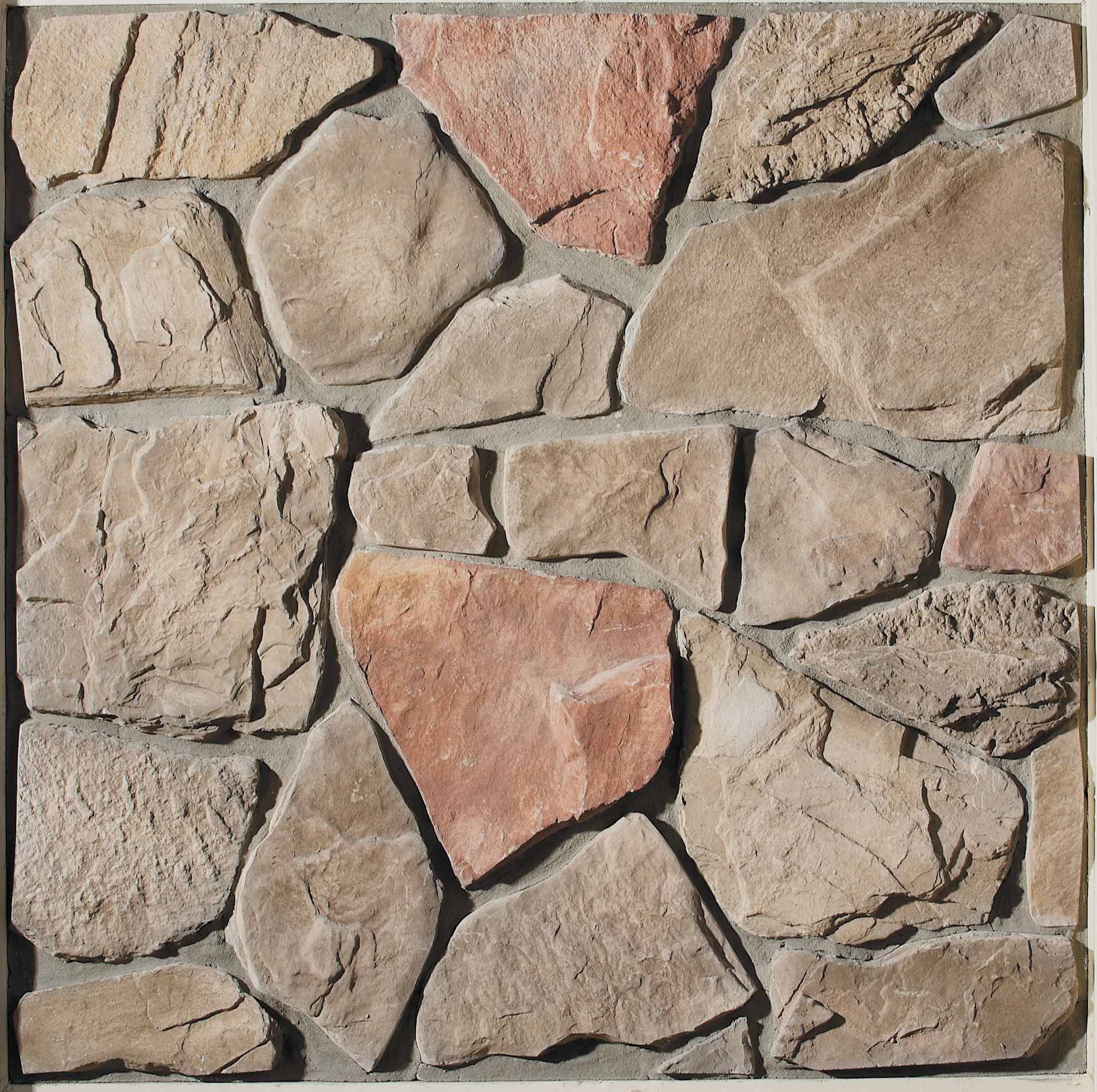
Beyond specific materials or stylistic influences, Du Bois's contributions to mid-century modern architecture capture the spirit of an era marked by significant change and progress. His designs, characterized by ornate double doors with tall, elegant handles, open to expansive foyers leading to vaulted ceilings. For Du Bois, entering a home was a profound statement of experience—a transition from contained and controlled spaces into vast, open areas with lofty ceilings designed to evoke a journey of discovery. This approach mirrors the mood of the post-war era, in which everything seemed possible. Du Bois's designs in Palm Springs and Los Angeles, particularly in the Woodland West neighborhood, stand as enduring examples of this vision, offering a glimpse into the mid-century modern dream that continues to captivate and inspire.
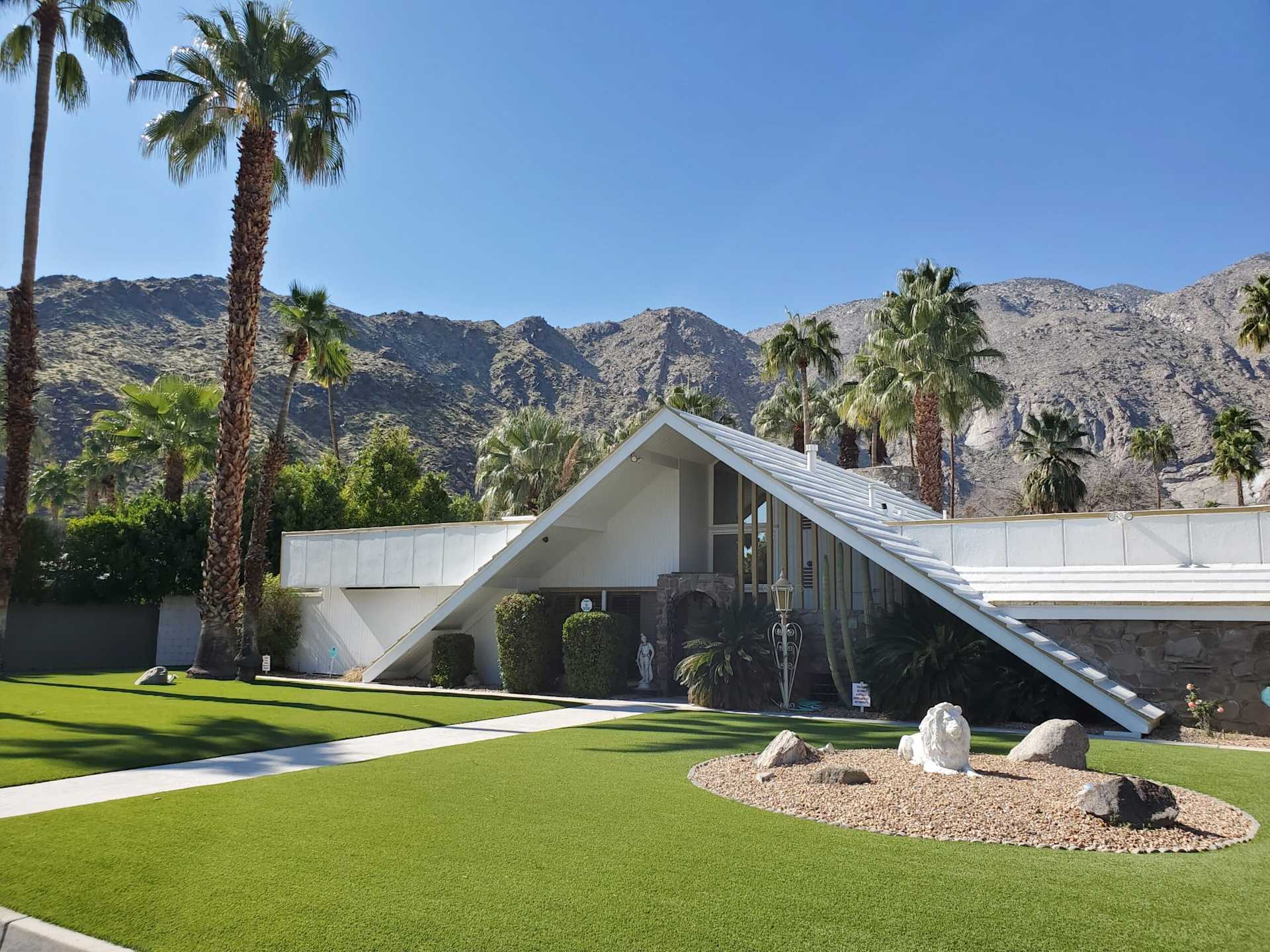
The legacy of Charles E. Du Bois, with its unique blend of mid-century modernism and exotic influences, is only now beginning to be fully appreciated and preserved. Organizations like the Los Angeles Conservancy and Facebook group (Charles_Du_Bois_MCM_Homes) play an essential role in this endeavor, ensuring Du Bois's architectural contributions are recognized and cherished for generations. His work stands as a vibrant reminder of a time when architecture boldly embraced innovation, cultural fusion, and the beauty of the natural world.
As we explore the streets of Woodland Hills or the Vista Las Palmas neighborhood in Palm Springs, we're invited to marvel at the genius of Charles E. Du Bois—a visionary who dared to dream in textures, shapes, and colors that continue to inspire lovers of Desert Modernism and its influence on LA's historic architecture.
Stay up to date on the latest real estate trends.
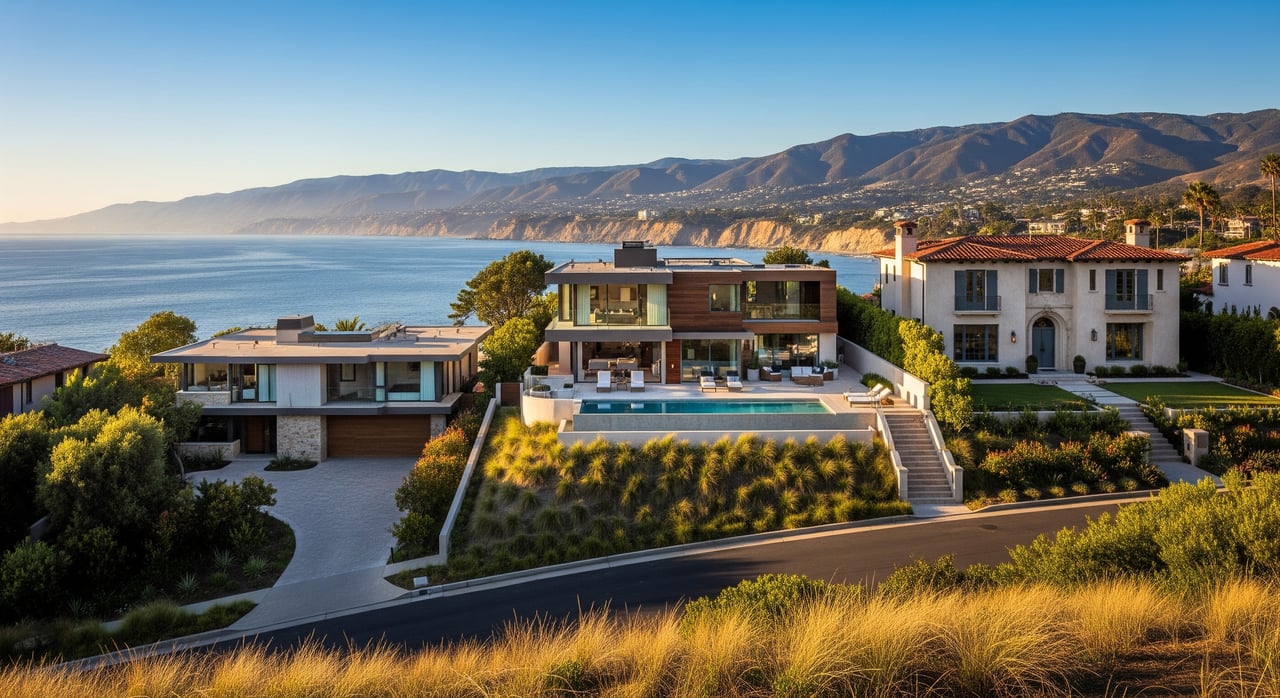
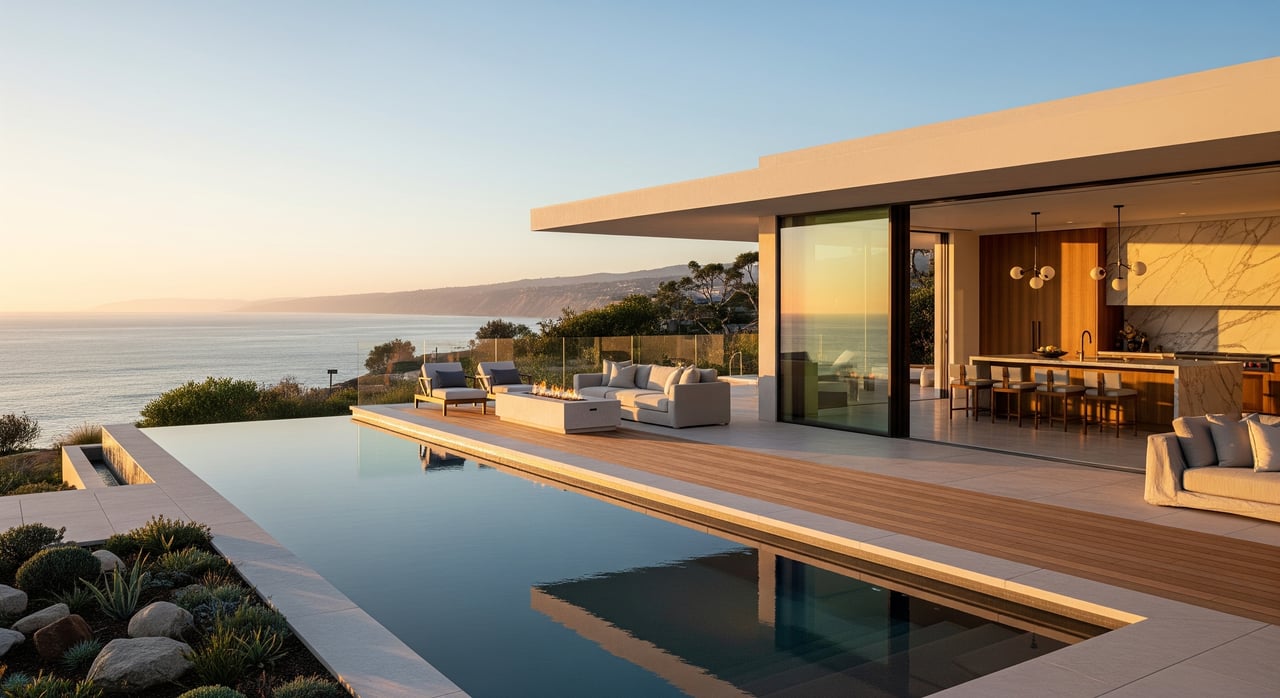

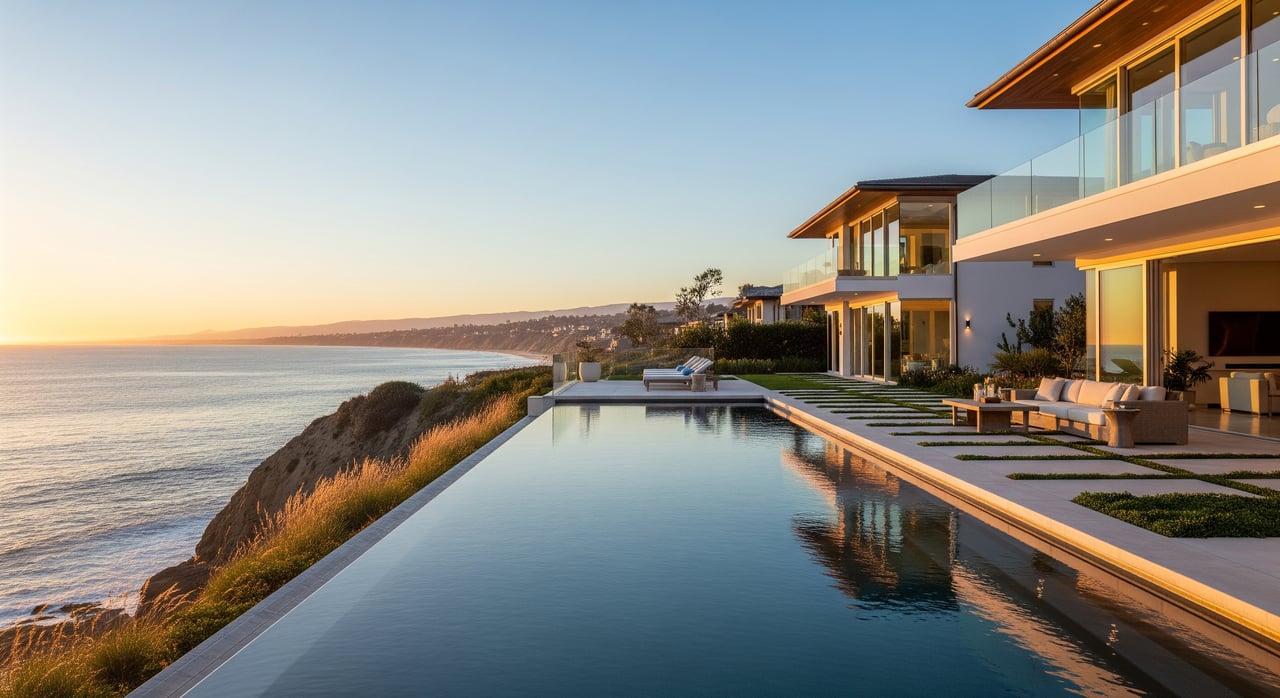
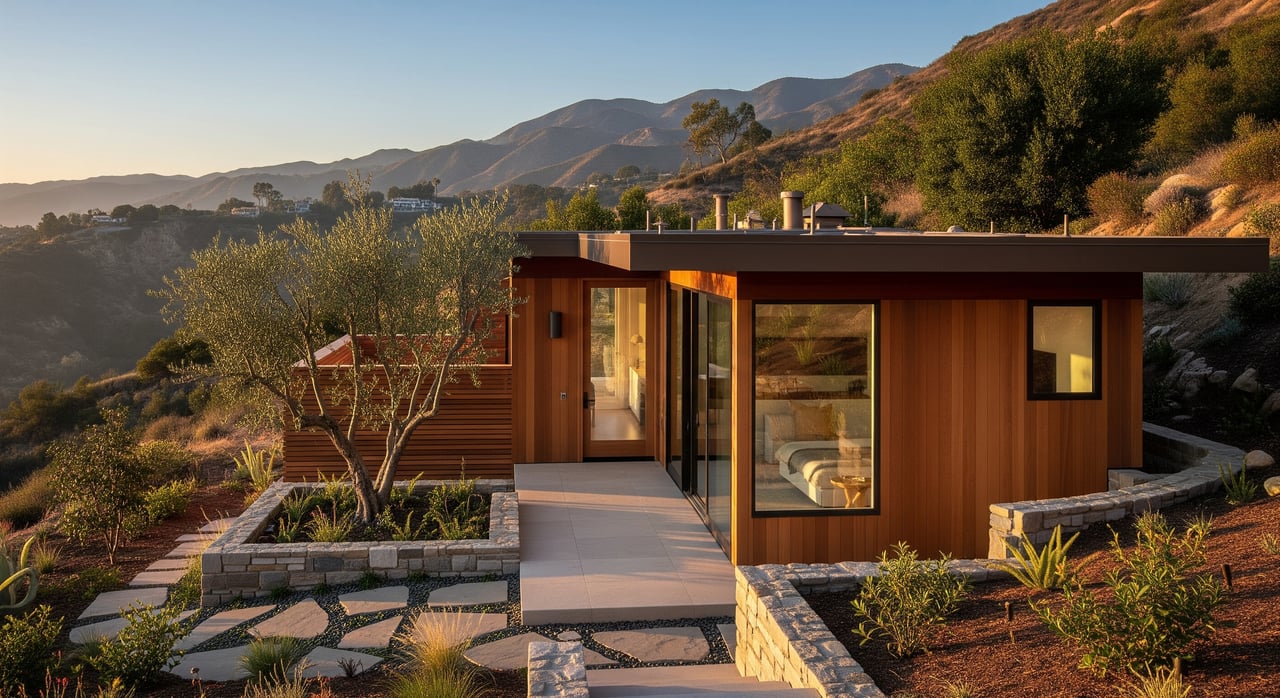

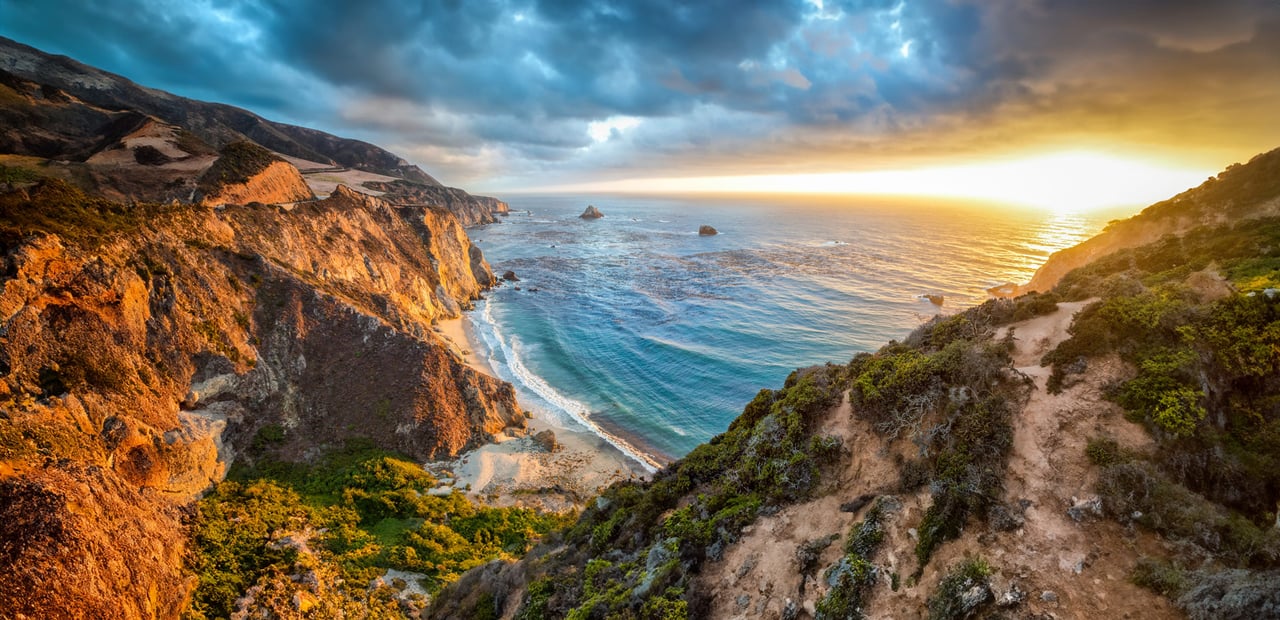
real estate
Migration to California Still Going Strong

NAR Settlement
Separating fact from fiction.

architects of los angeles